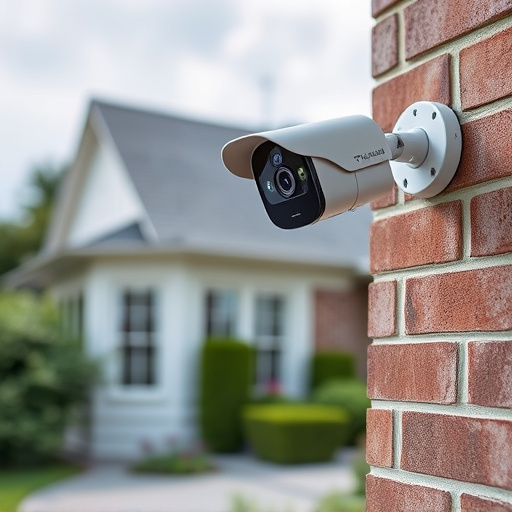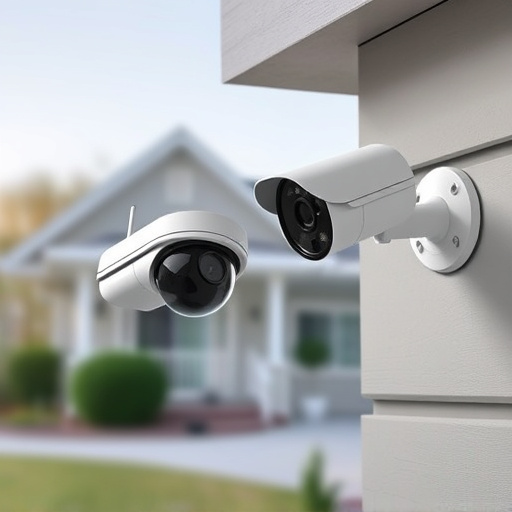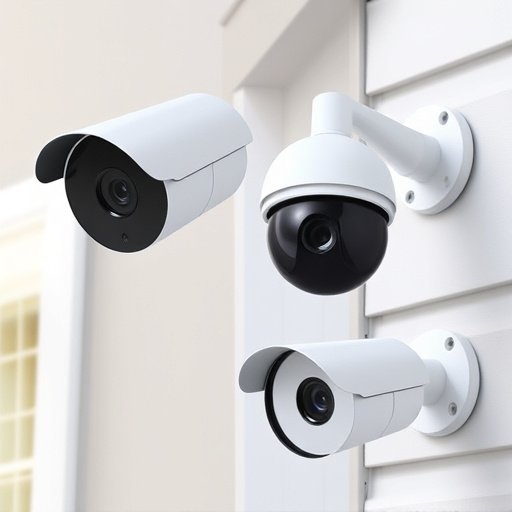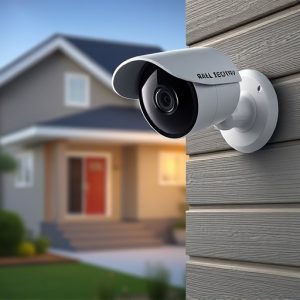To enhance home security, start by identifying unique vulnerabilities through layout analysis and valuable item assessment. Implement tailored solutions like surveillance cameras, smart locks, and smart home technology. Choose a system with advanced features, backup power, and remote access for comprehensive protection. Proper installation involves strategic sensor placement and thorough testing. Regular maintenance, remote monitoring, and firmware updates ensure optimal protection. A well-maintained security system provides peace of mind and deters intruders, safeguarding family and belongings.
Protecting your home and loved ones is paramount. Investing in a comprehensive home security system is a proactive step towards ensuring safety and peace of mind. This article guides you through the essential aspects of home security installation, from identifying your unique needs to choosing the ideal system, understanding the installation process, and maintaining post-installation care. Discover how to fortify your sanctuary and safeguard what matters most.
- Understanding Your Home Security Needs
- Choosing the Right Security System for Your Home
- Installation Process: Ensuring a Secure Setup
- Post-Installation: Maintaining and Monitoring Your System
Understanding Your Home Security Needs

Understanding your home security needs is the first step towards creating a safe haven for you and your loved ones. Every home is unique, with varying levels of vulnerability and specific requirements. Factors to consider include the layout of your property, the presence of valuable items or precious memories, and any potential entry points that might be targeted by intruders. Assessing these aspects allows for tailored security solutions, ensuring that your home is equipped with the right tools to deter threats and provide peace of mind.
Whether it’s installing surveillance cameras to monitor key areas, investing in robust locks and alarms, or incorporating smart home technology for remote access and control, each component plays a vital role in your overall security strategy. By recognizing these needs and taking proactive measures, you can fortify your home against unexpected risks, offering increased safety and security for your family.
Choosing the Right Security System for Your Home

When considering home security, choosing the right system is paramount. It’s essential to evaluate your specific needs and preferences. Start by assessing the size and layout of your property, identifying potential weak points, and determining the level of monitoring required. For instance, a comprehensive system might include outdoor cameras to survey your surroundings, motion sensors for interior protection, and a central control panel for easy arming and disarming.
Consider the advanced features offered by modern security systems. These can range from smart home integration, allowing you to monitor and control settings remotely via your smartphone, to advanced notification systems that alert you in real-time of any suspicious activity. Additionally, look into systems with backup power options and remote access capabilities for added peace of mind.
Installation Process: Ensuring a Secure Setup

The installation process of a home security system is a crucial step in ensuring your family’s safety and peace of mind. It involves several key components to create a robust security network. First, assess your home’s layout and identify potential weak points or entry points that need monitoring. This might include doors, windows, and even garage openings. Professionals will then strategically place sensors, cameras, and alarms accordingly.
During installation, it’s essential to follow best practices, such as ensuring proper wiring, clear lines of sight for cameras, and discrete placement of sensors. A secure setup also includes testing the system thoroughly after installation. This involves verifying all connections, sensor functionality, and alarm responses to ensure your home security system operates flawlessly and effectively protects your property.
Post-Installation: Maintaining and Monitoring Your System

After your security system installation is complete, proper maintenance and monitoring become crucial for ensuring optimal protection. Regularly test all components to ensure they function as intended, checking sensors, cameras, and alarms periodically. Many modern systems offer remote monitoring through apps, allowing you to keep an eye on your home from anywhere. Stay updated with firmware upgrades and security patches provided by the manufacturer to patch any potential vulnerabilities.
Proactive monitoring is key; set up alerts for unusual activity and promptly respond to notifications. Establish clear communication with family members or a trusted neighbor so everyone knows what to do in case of an alarm activation. Remember, a well-maintained home security system not only provides peace of mind but also acts as a strong deterrent against potential intruders, safeguarding your family and belongings.
Protecting your home and loved ones should be a top priority, and investing in a comprehensive security system is a wise decision. By understanding your specific needs, selecting the right equipment, and ensuring proper installation, you can fortify your sanctuary against potential threats. Remember, a well-maintained security system offers peace of mind, providing an extra layer of safety and vigilance for your family and property. Embrace these measures to enhance your home’s security posture and rest assured knowing you’ve taken proactive steps towards safeguarding what matters most.
